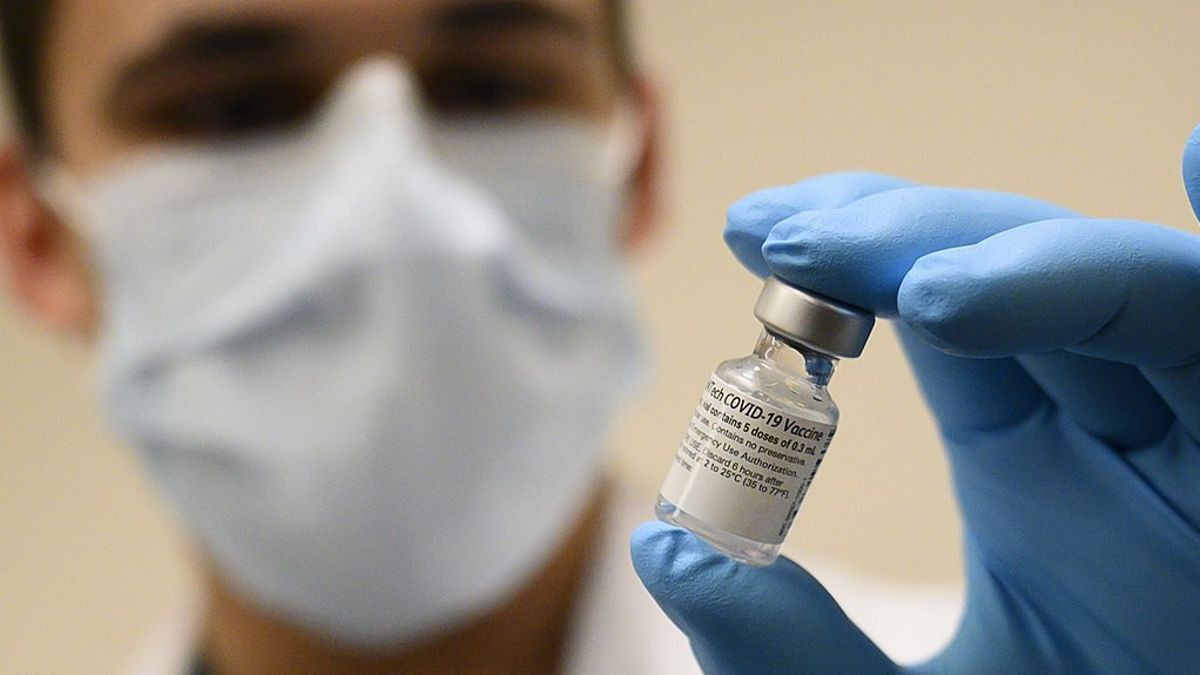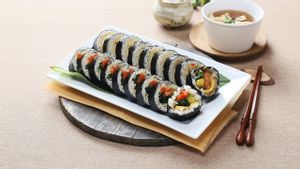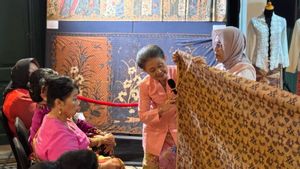JAKARTA - Head of the Red and White Vaccine Development Team at the University of Indonesia (UI) Budiman Bela said that the development of the Red and White vaccine based on a DNA platform is currently entering the stage of immunity testing in experimental animals.
"And now we are actually getting into the stability and efficiency of production products, so assessing how we can make their production higher and more efficient," said Budiman in a webinar, Challenges and Policies for Red and White Vaccine Development to Accelerate Handling the COVID-19 Pandemic. January.
In DNA vaccine development, good preparations for preclinical and clinical trials will be made. UI itself developed the COVID-19 vaccine with four platforms, namely DNA, RNA, subunit recombinant protein and viruses like particles (VLP).
Each platform has its own advantages and disadvantages. DNA vaccines, for example, are classified as easier to develop, relatively lower production costs, and relatively stable at 2-8 degrees Celsius and room temperature.
Meanwhile, RNA vaccines require more complex production technology than DNA vaccines, and require more components in their production.
"However, RNA vaccines are believed to be safer than DNA vaccines, but there is no evidence to date that DNA vaccines, for example, are integrated with our chromosomes," said Budiman.
The RNA vaccine is stable at -70 degrees Celsius, and unstable at 2-8 degrees Celsius and room temperature.
"When it will be implemented, disseminated, the stability problem at -70 degrees Celsius will become a problem because it will be difficult to distribute it and keep it at -70 degrees Celsius just before use," he said.
According to Budiman, although it has its own complexity in production and distribution, the RNA vaccine has a good efficacy rate.
While the subunit and VLP recombinant protein vaccines are produced by mammalian cells (CHO cells), according to him, it is relatively more difficult to obtain master cells that produce antigens stably with high production, and are stable at 2-8 degrees Celsius.
"The development of RNA vaccines, subunit recombinant protein and VLP is still at the reconstruction stage of recombinant DNA," he explained.
Budiman said that the type of platform developed was chosen based on related considerations, including safety, efficacy and ease of vaccine distribution.
RNA and DNA vaccines produce antigens that are endogenous. This means that is produced by the body's own cells. With these endogenous antibodies, the potential immune responses that can be stimulated are antibodies, T-CD4 cells and T-CD8 cells.
"All three can be stimulated well and there is proof," he said.
For the subunit and VLP recombinant vaccines, Budiman said that his party had received information that antibodies and CD4 T-cells could be stimulated properly.
"But what is of little concern is how the CD8 T-cells respond, maybe not as well as the RNA and DNA vaccines," he said.
Budiman said that if the three of them can be stimulated properly, it will provide complete protection because not everyone can produce antibodies where there are certain people who have difficulty producing antibodies.
The English, Chinese, Japanese, Arabic, and French versions are automatically generated by the AI. So there may still be inaccuracies in translating, please always see Indonesian as our main language. (system supported by DigitalSiber.id)













